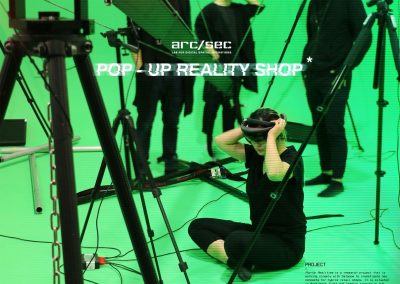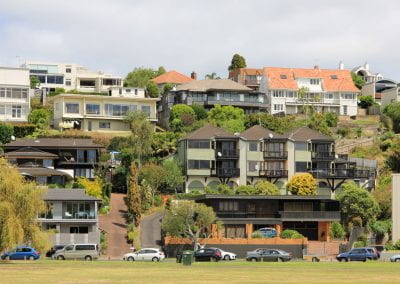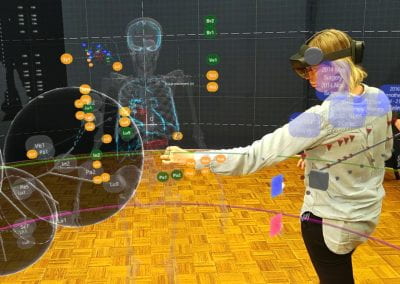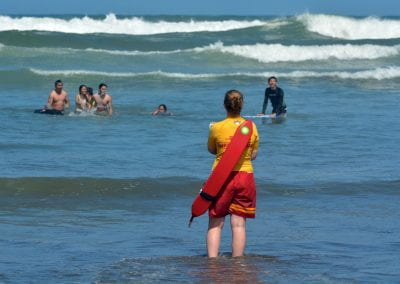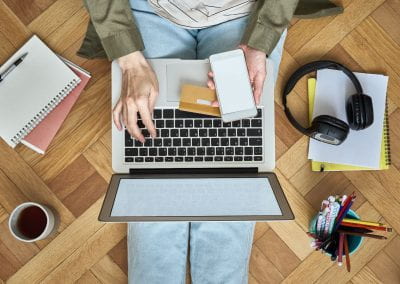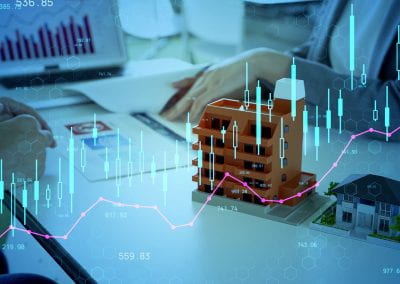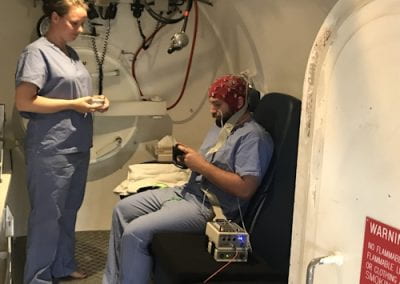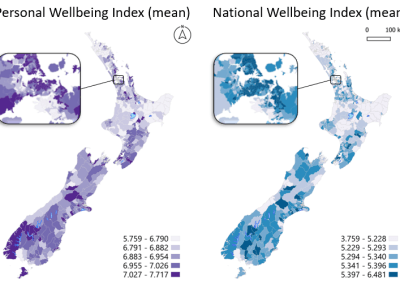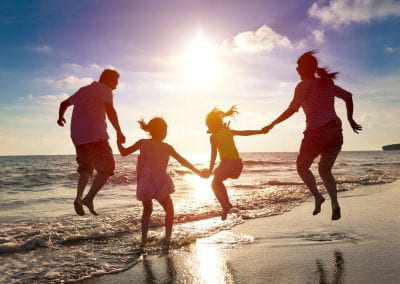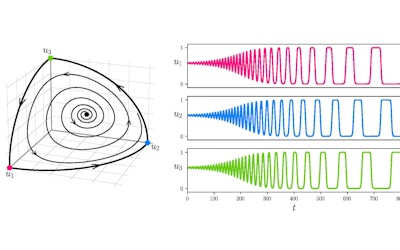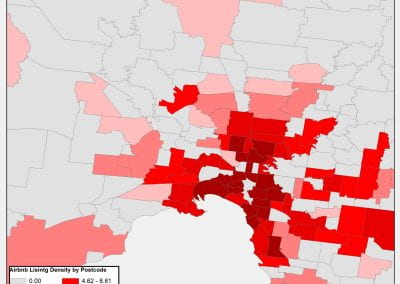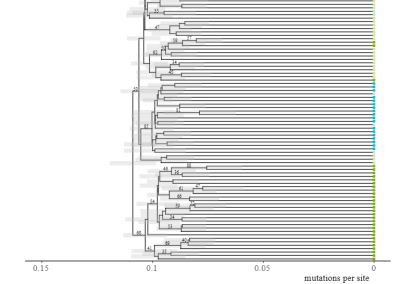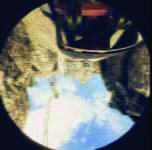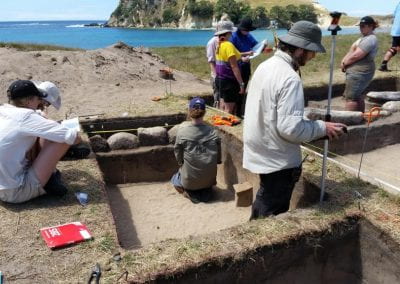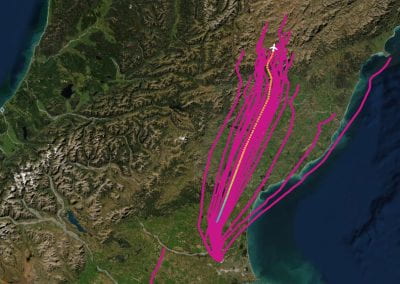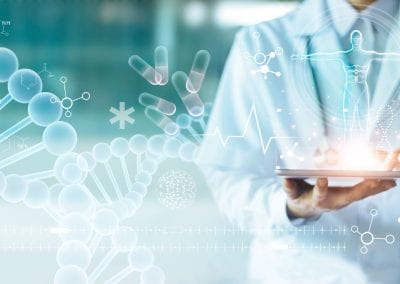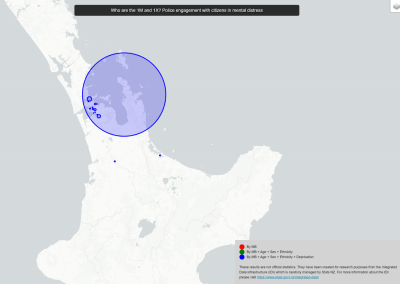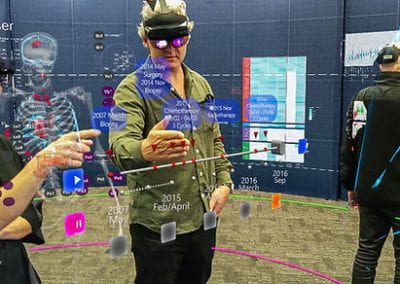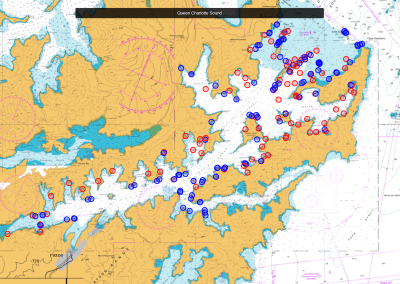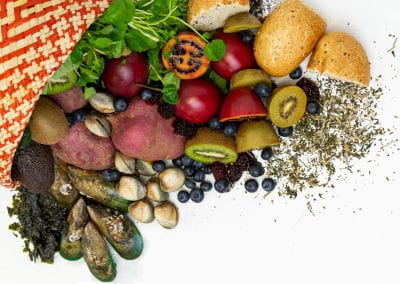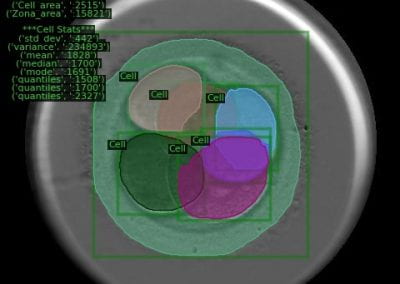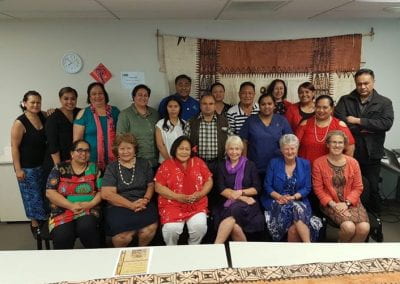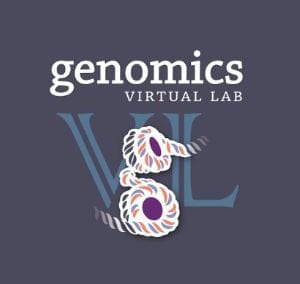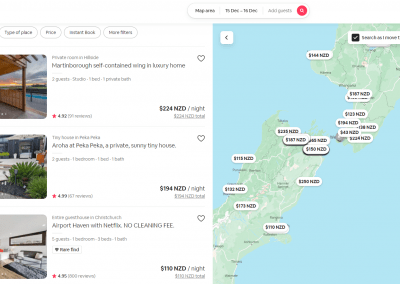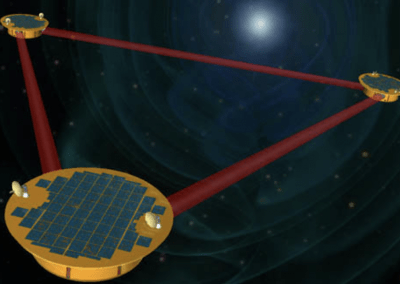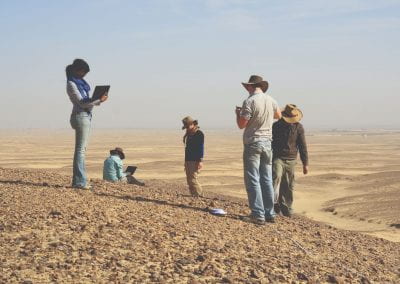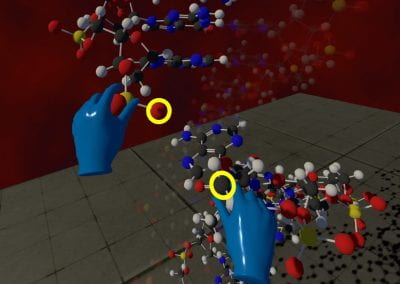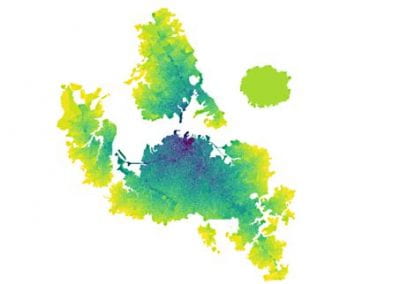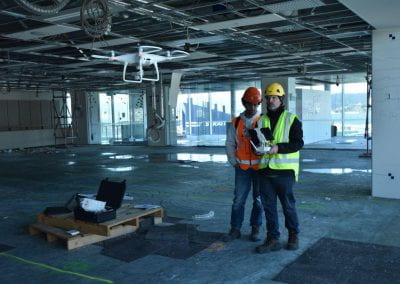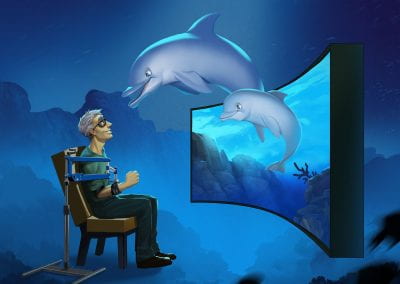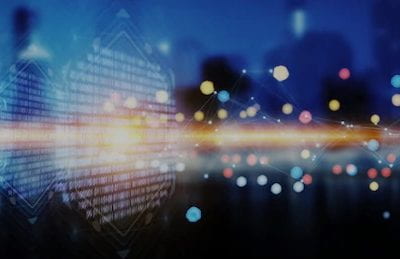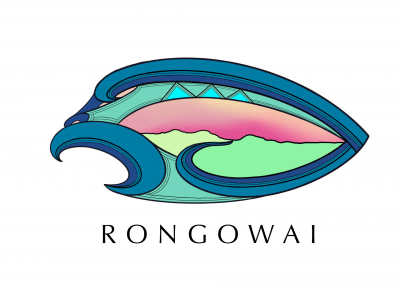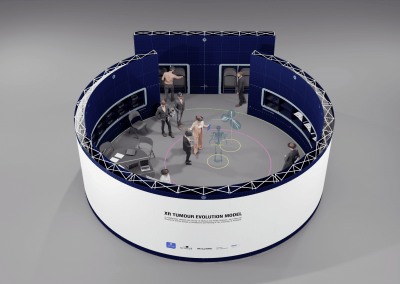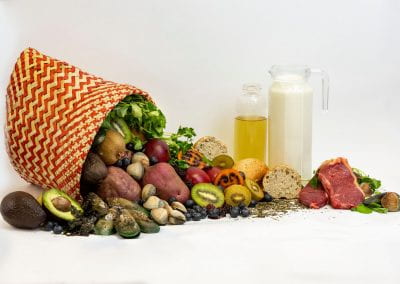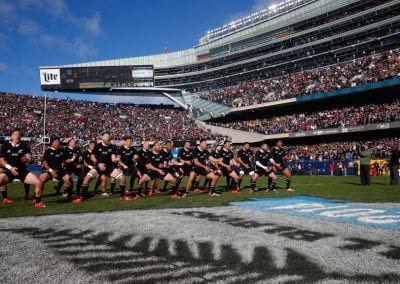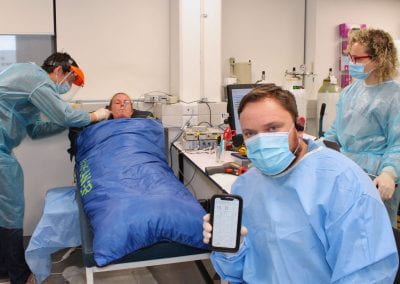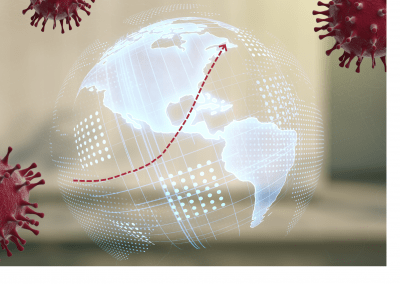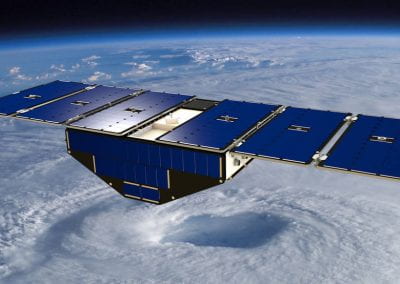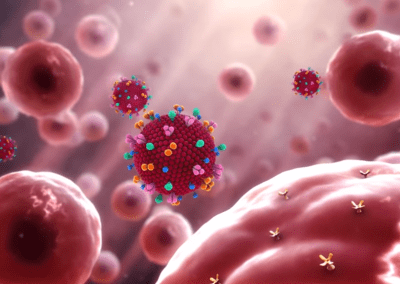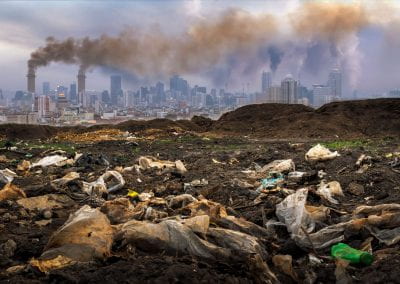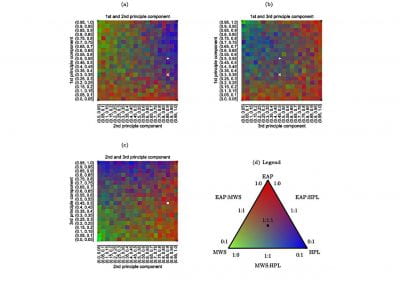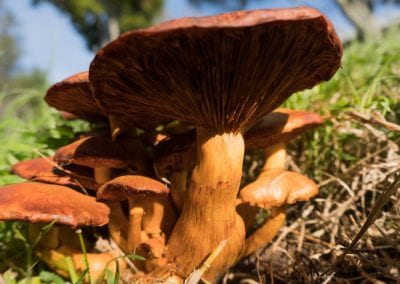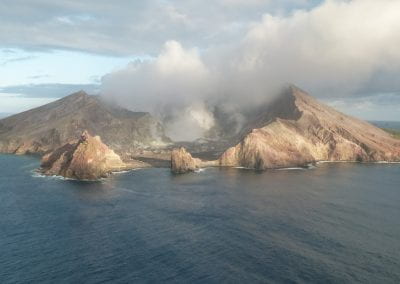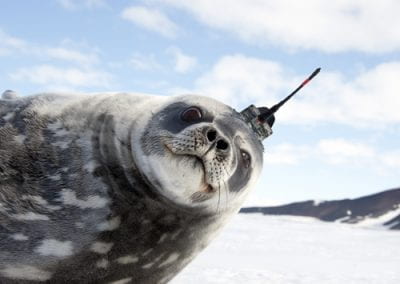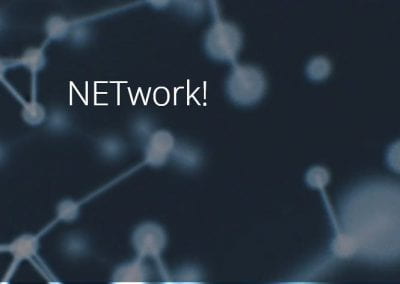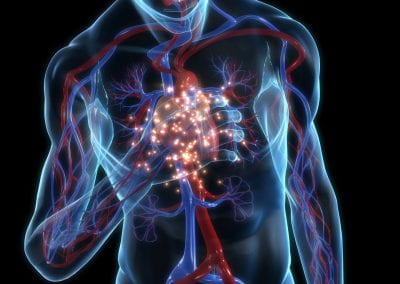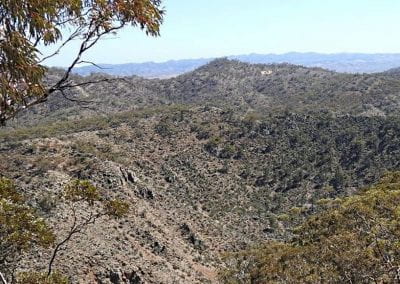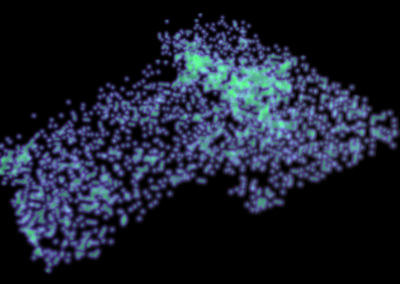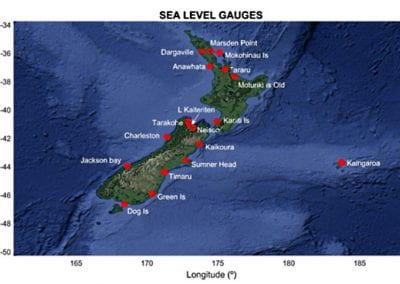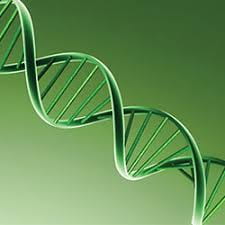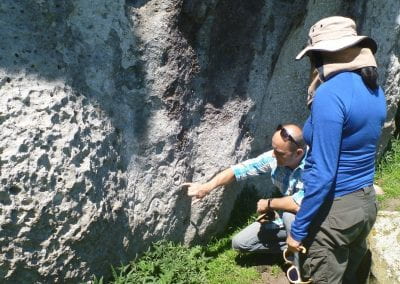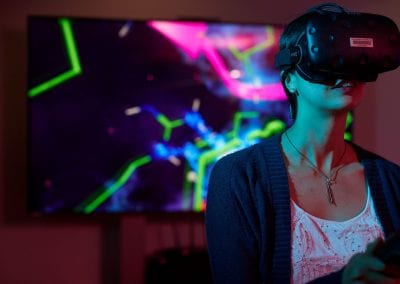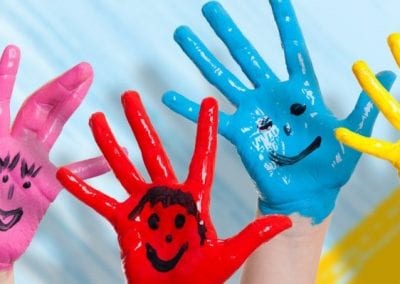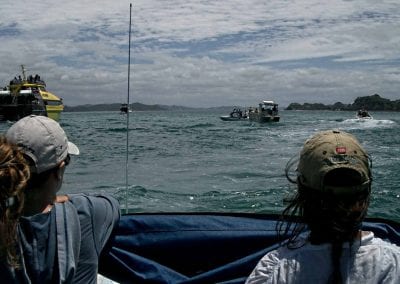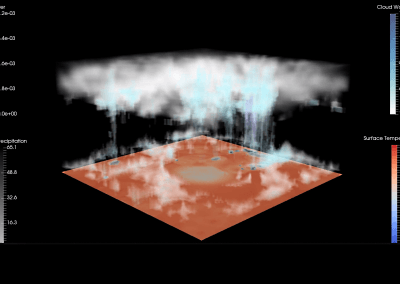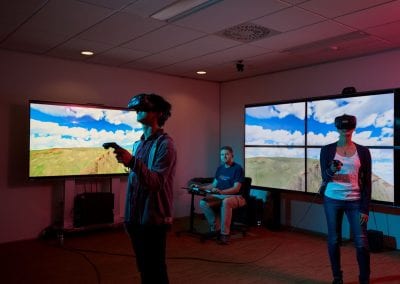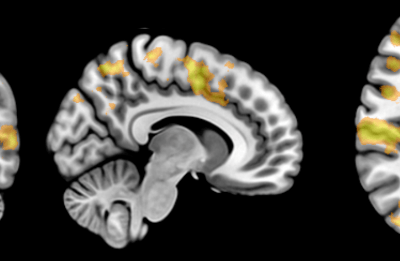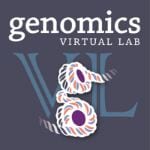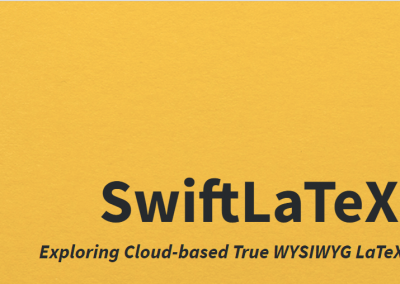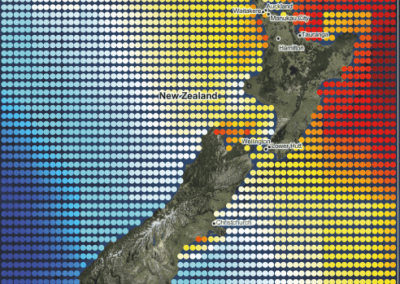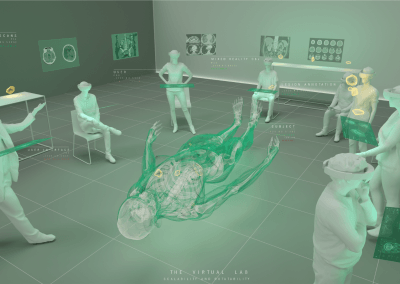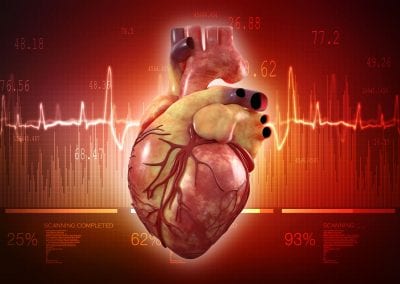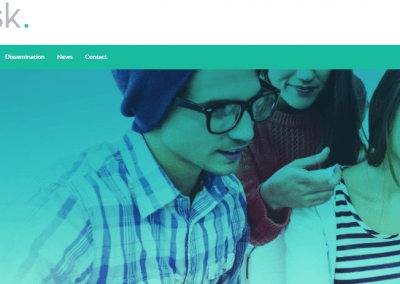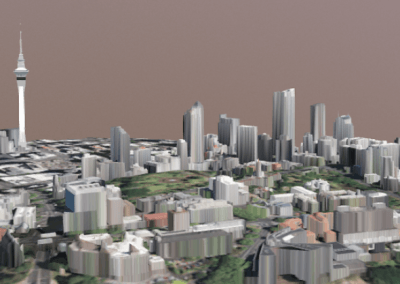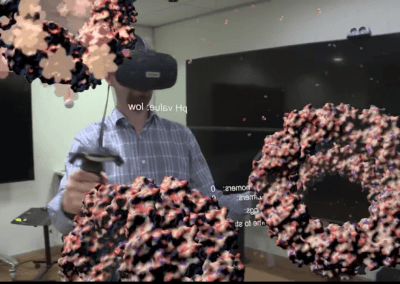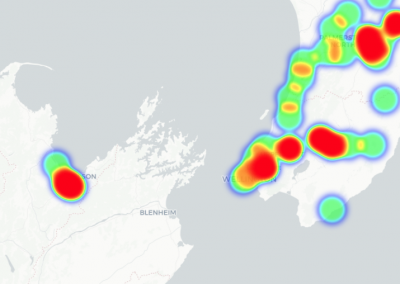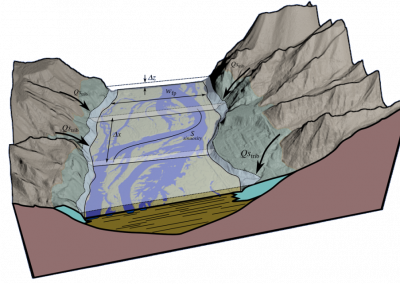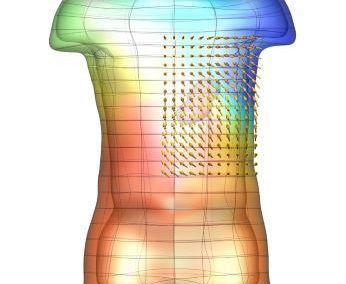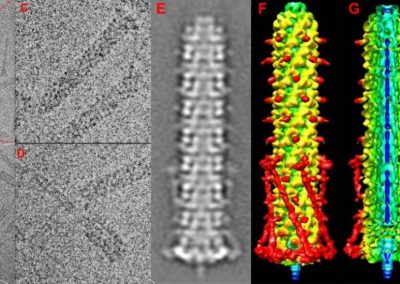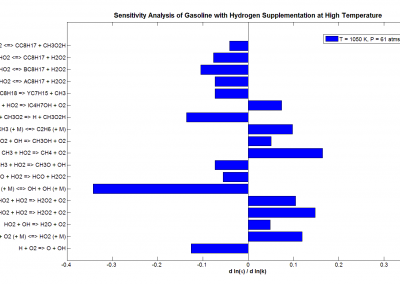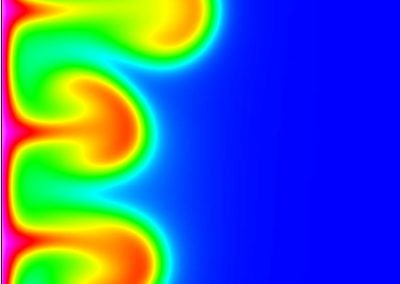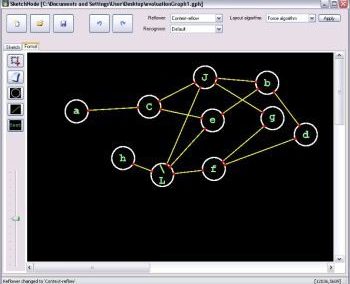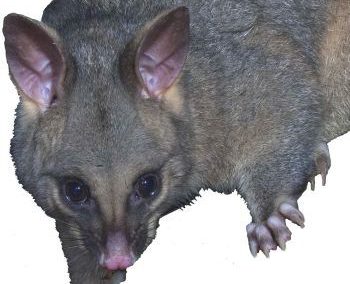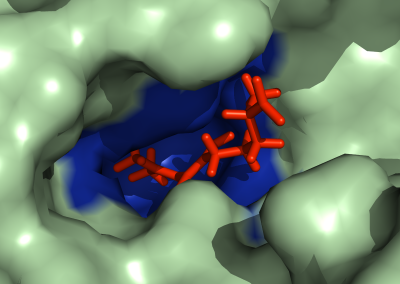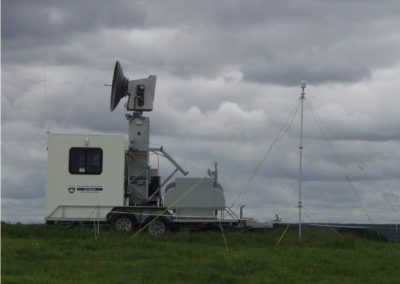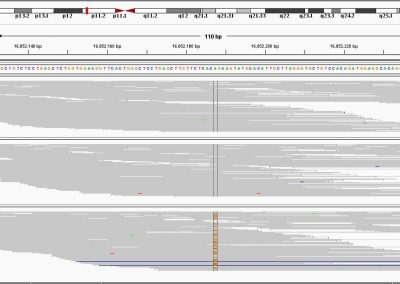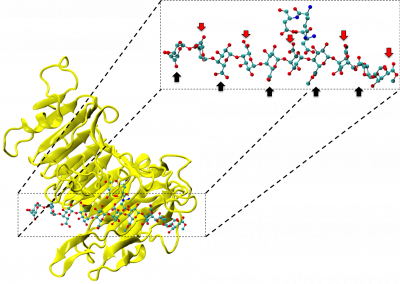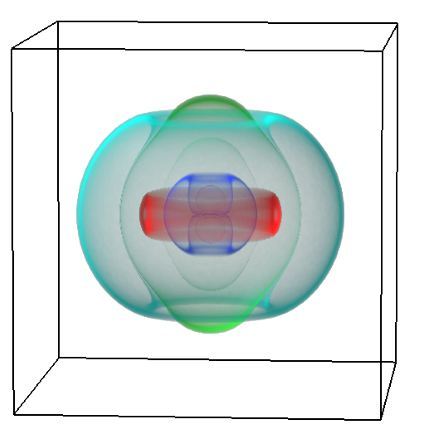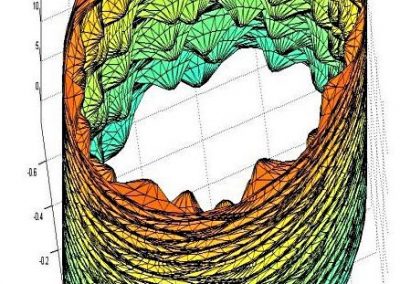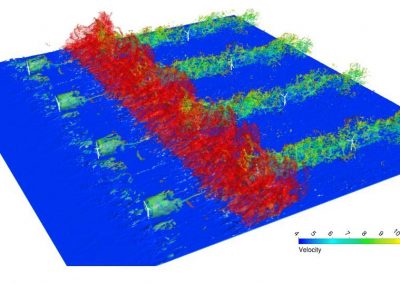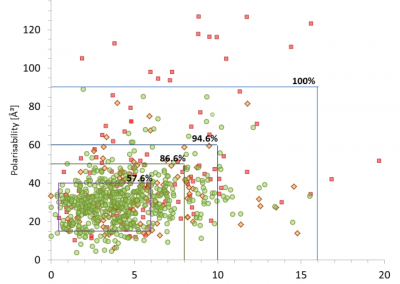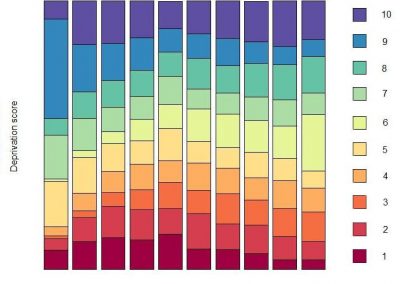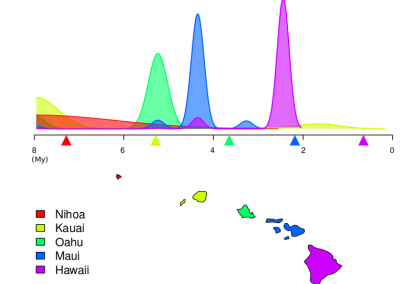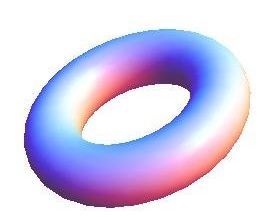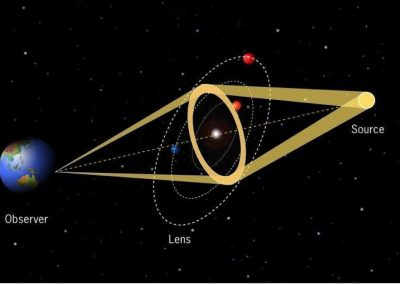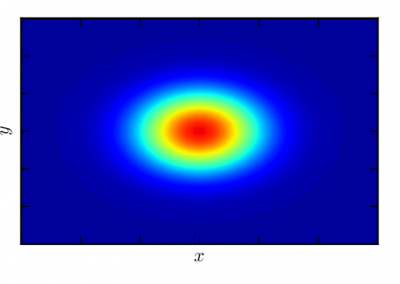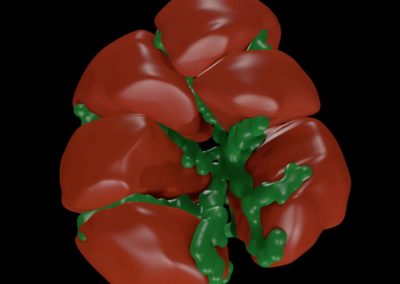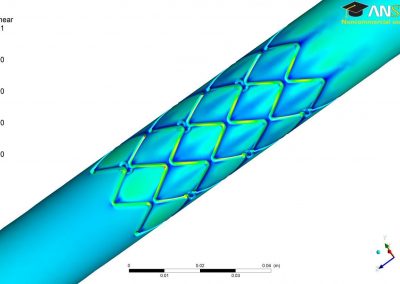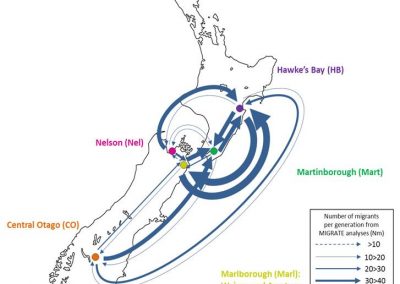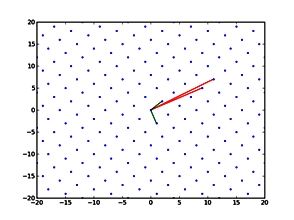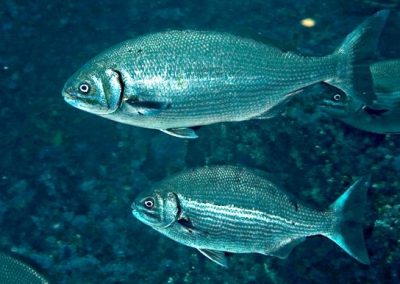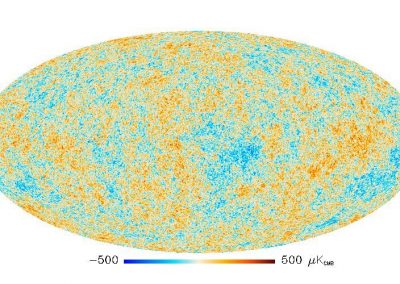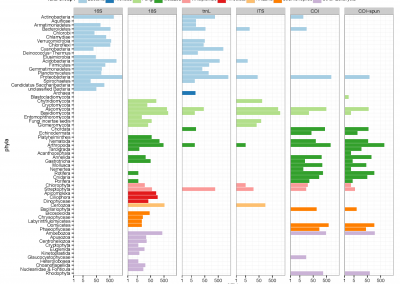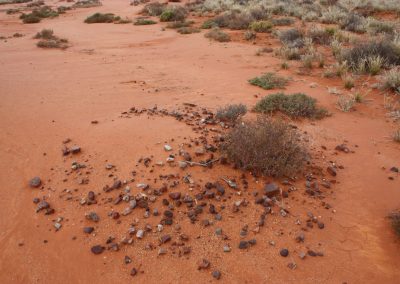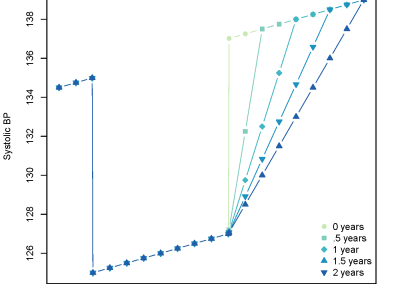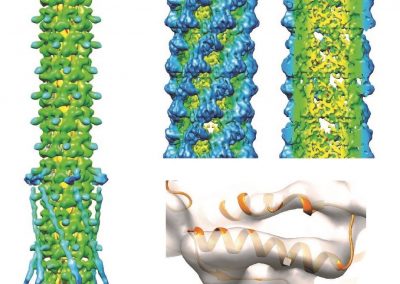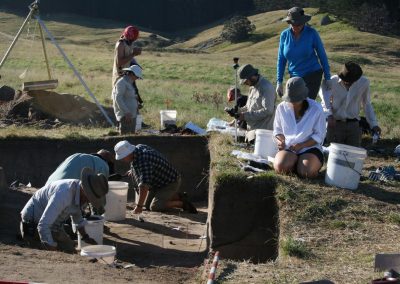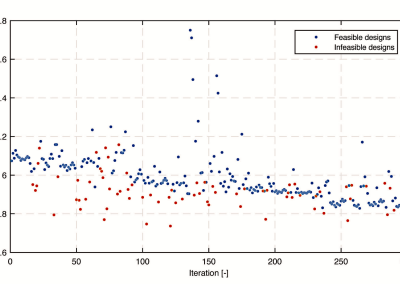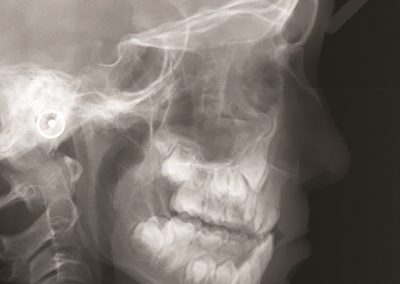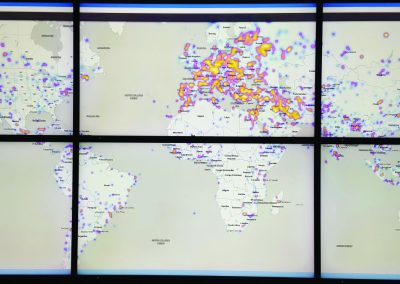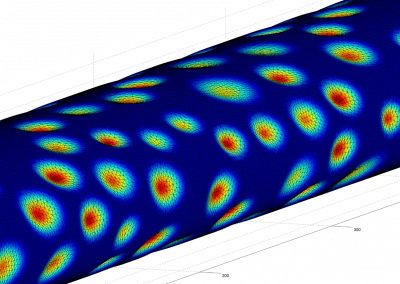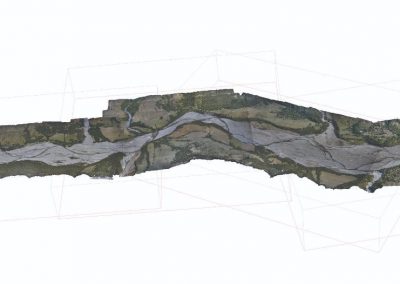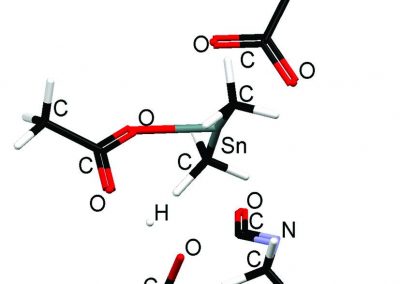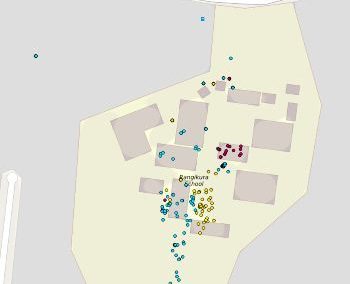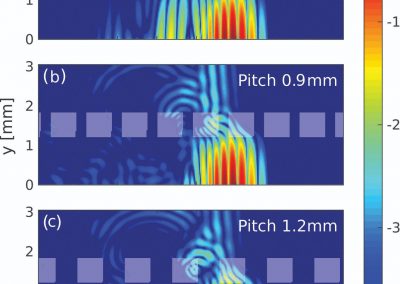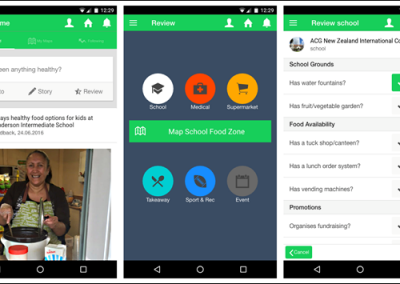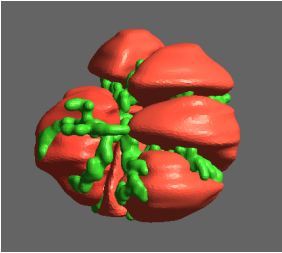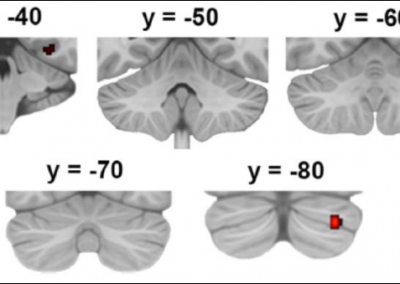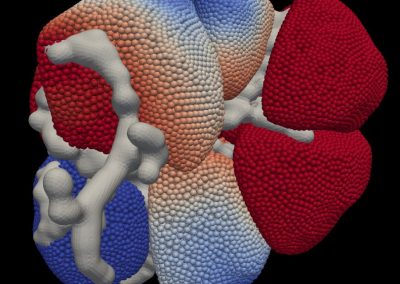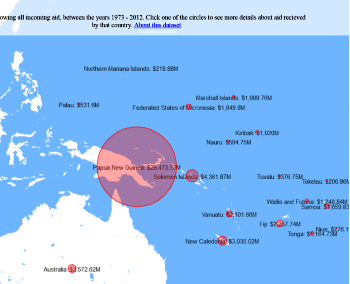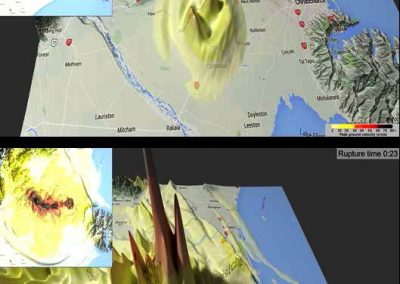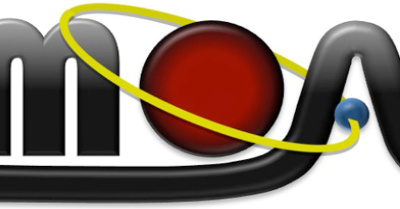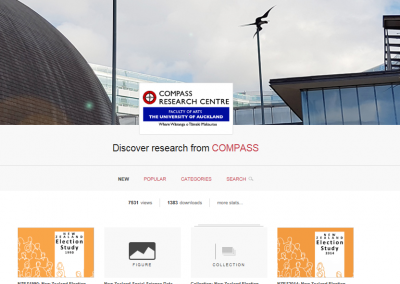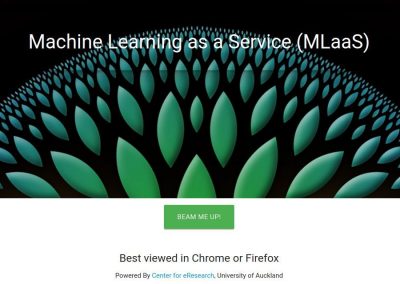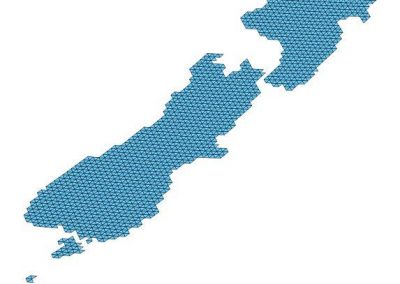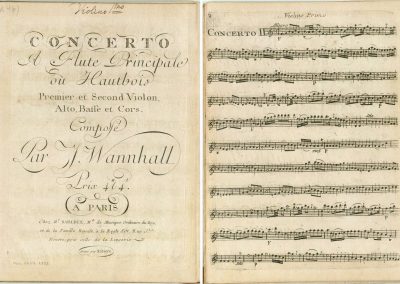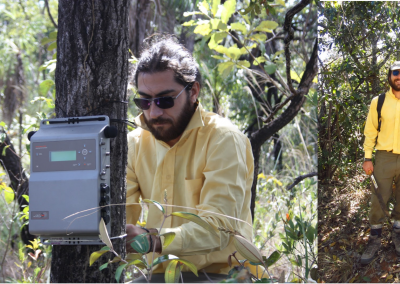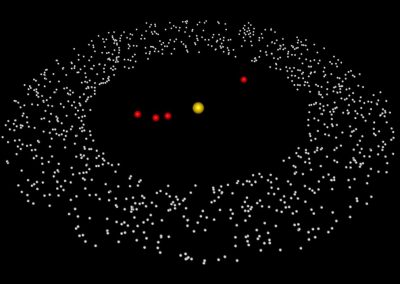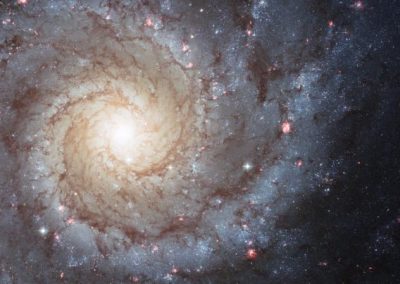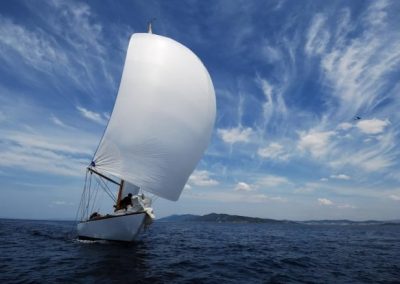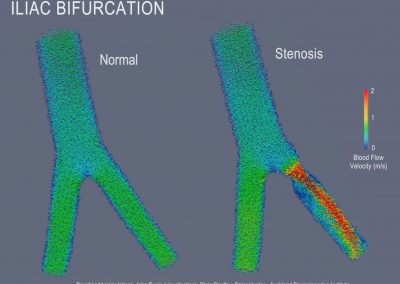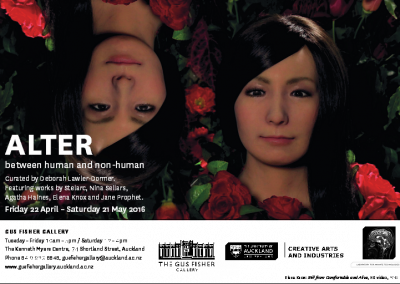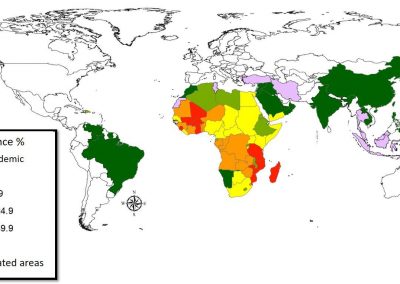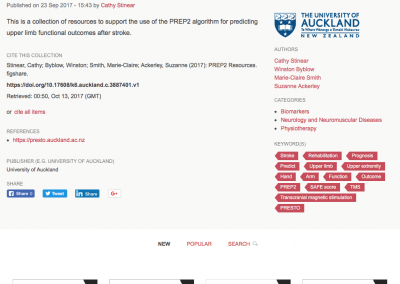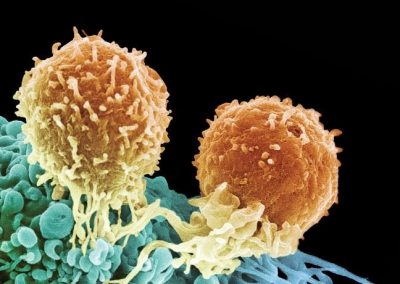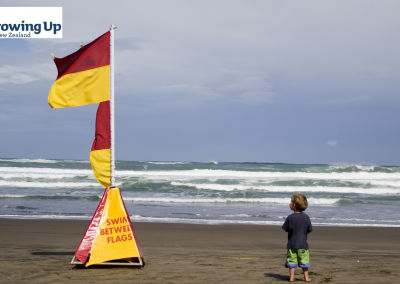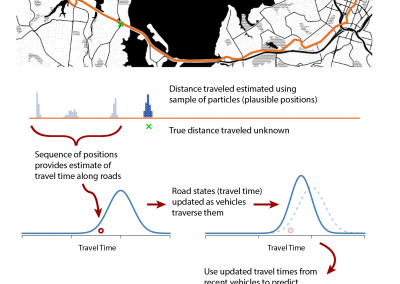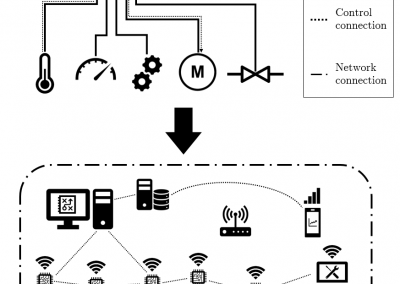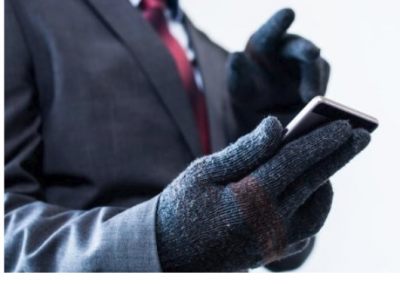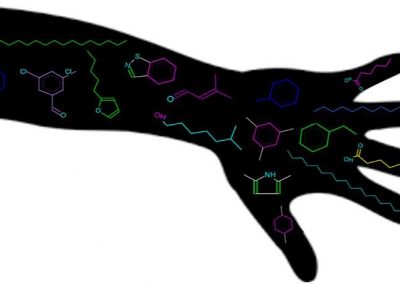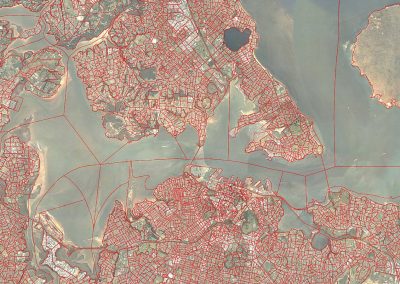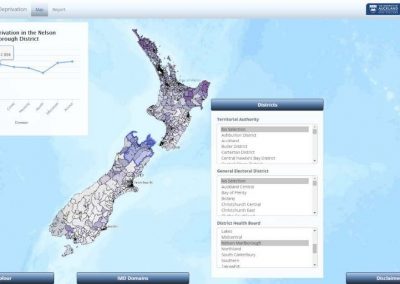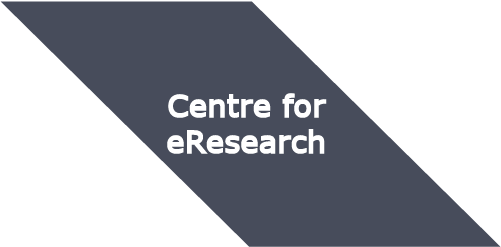
Enhancing Spontaneous Recovery after Stroke Study (ESPRESSo)
Prof Winston Byblow, Principal Investigator, Exercise Sciences, Prof Cathy Stinear & Prof Alan Barber, Medicine; A/Prof Arier Lee, Biostatistician, University of Auckland; Prof John Krakauer, Johns Hopkins Medical University; Dr Tomoko Kitago, Cornell-Weiss, Burke Neurological Institute
Stroke is the second leading cause of death and the third leading cause of disability among adults worldwide. Motor impairment is common after stroke, affecting around 80% of patients and recovery of hand and arm movement is crucial to regaining patients’ independence. Our position is that stroke rehabilitation research needs to be different in order to make a difference, with greater contrast between experimental interventions and standard care, and principled selection of trial participants using biomarkers. Our Phase-IIa trial will achieve both of these things.

Research design
ESPRESSo is recruiting participants (N=132) with upper limb impairment within one week of stroke, into a single-site randomised, assessor-blind, controlled Phase-IIa clinical trial. Participants are randomised to either Treatment or Control groups (1:1, n = 66 per group). In the Treatment group, participants are given 90 minutes of therapist time per weekday for three weeks to complete high dose arm and hand immersive exploratory therapy. In the Control group, participants are given 90 minutes of therapist time per weekday for three weeks to complete conventional upper limb therapy (physiotherapy, occupational therapy). For the Treatment Group, we are exploring the use of neuroanimation therapy, using an established (experimental) platform for therapy delivery called Mindpod with collaborative support from Mindmaze Inc. (Lausanne, Switzerland). Our aim is to test the immersive neuroanimation platform therapy against usual and standard physical therapy delivered early after stroke.
The amount of impairment of hand and arm after stroke, and the level of activity that patients use their hand and arm is being measured using validated clinical assessments. ESPRESSo is measuring the clinical recovery of patients as well as neurophysiological measures that indicate how well the brain is able to send signals to the hand and arm that is impaired after stroke, and how those signals change during recovery. A more challenging aspect of the assessment is assessing the quality of movements that are made with the weak hand and arm. Normally, examination of movement kinematics relies on multi-camera systems and the placement of reflective markers (12 or more) on the participant’s body (hand, forearm upper arm and trunk). This makes it impractical clinically. ESPRESSo is using a two camera system and machine-learning techniques to derive these kinematic measures of the hand and arm without the use of markers.
OpenPose keypoints detection and movement 3D reconstruction
We use OpenPose motion recognition tool (a real-time 2D pose estimation system) for human body, facial, hand and foot keypoints detection on single images. The first step is to run OpenPose with the captured video (170 fps) (see camera 1 and 2) and mark all the keypoints of interest (Figure 1 & 2). This is run on a virtual machine (VM) provided by the Centre for eResearch. Each keypoint coordinates at each frame point are then kept as JSON files which are later imported into MATLAB. A human 3D pose (Figure 3) analysis combines the JSON outputs from each camera and constructs a 3D model. We can plot the movement trajectory for any keypoint such as the wrist (Figure 4), which allows us to determine the quality of the reach trajectory. We compare movement quality at three key timepoints of the recovery phase, and later compare movement quality / improvement between groups.
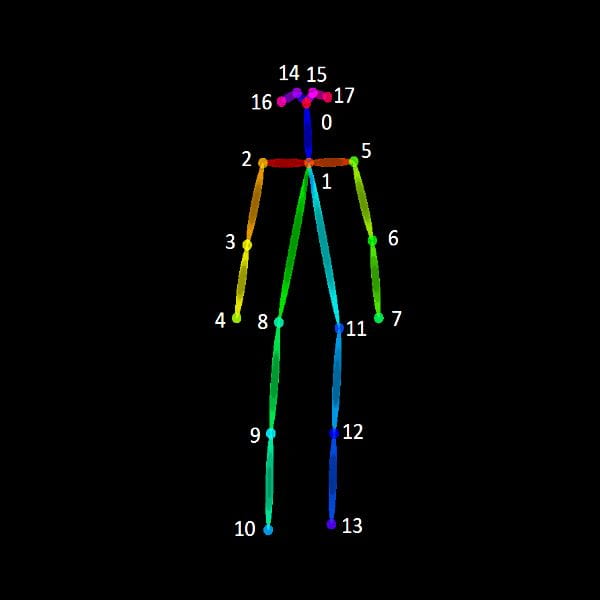
Figure 1
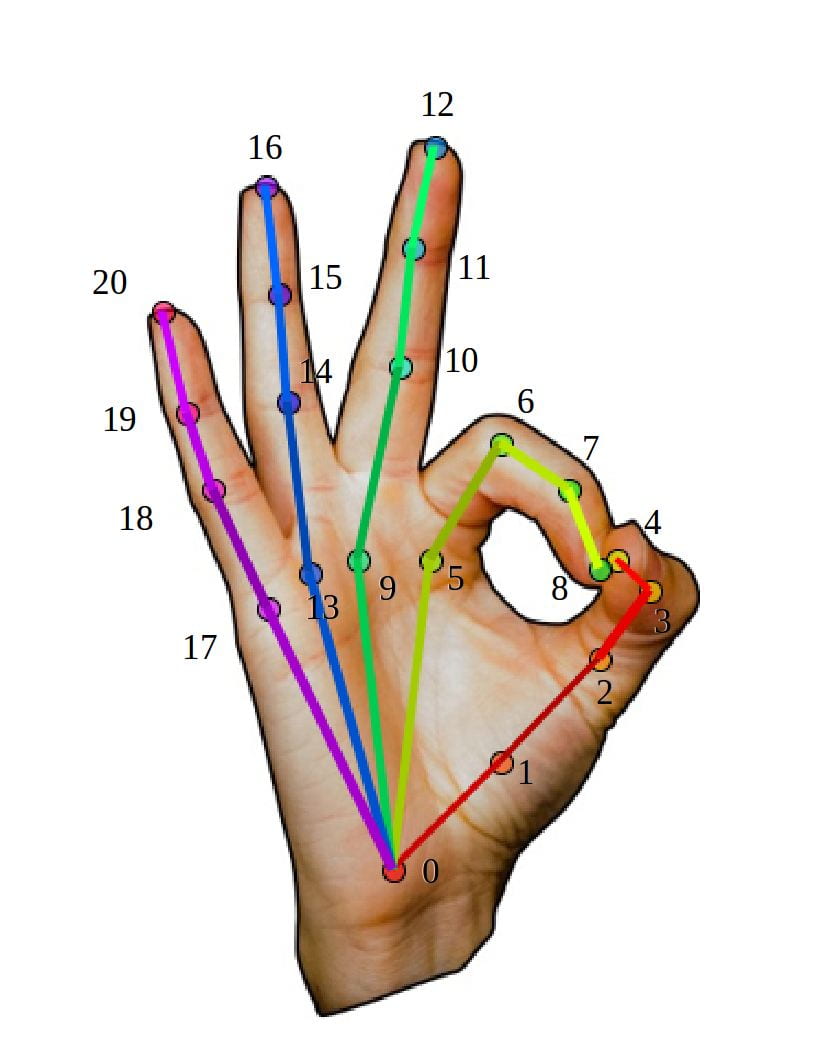
Figure 2
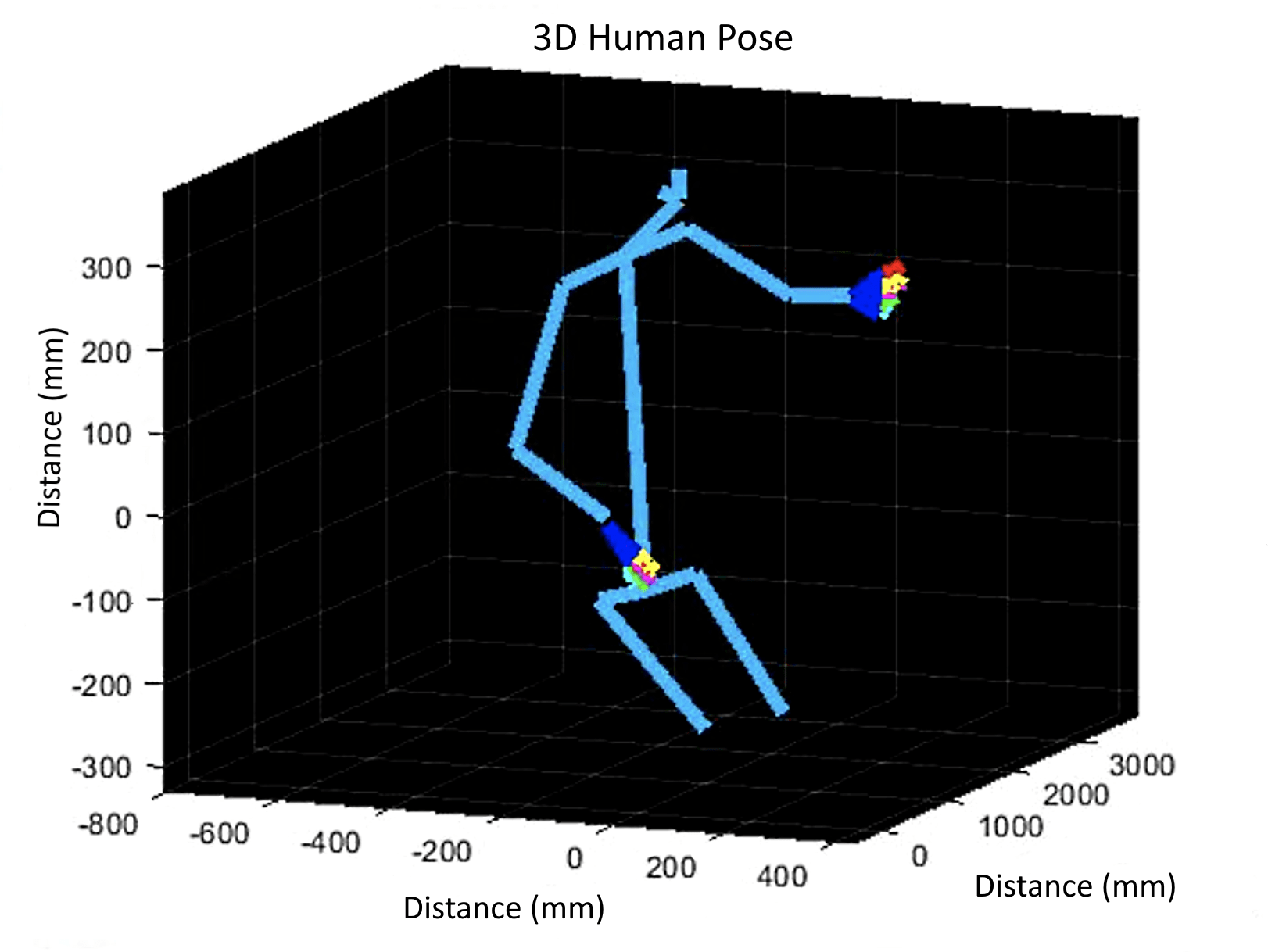
Figure 3
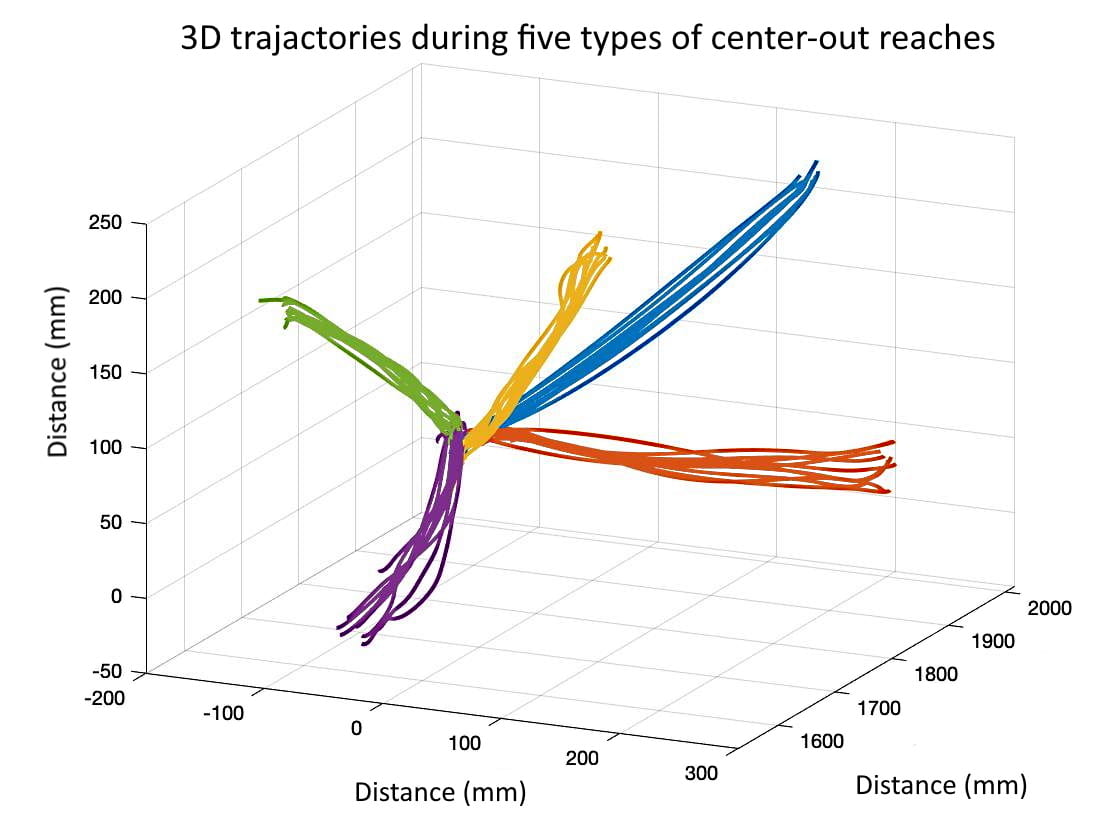
Figure 4
Assessment
OpenPose and the 3D models are used to assess how well the patients can perform a reaching task with each arm to five predefined targets. Although stroke is characterized by weakness on one side of the body, these fine-grained kinematic analyses reveal deficits when reaches are performed with either side after stroke.The smoothness of reaching movements is a proxy for movement quality, which is expected to improve with recovery. The trial will determine if upper limb movement quality will improve to a greater extent for patients randomized to neuroanimation therapy compared to a group that undergoes time-matched conventional physical and occupational therapy. Neuroanimation therapy has the advantages of offering increased intensity for a given amount of therapy time, by embedding therapy a virtual reality-inspired platform that is fun, motivating and rewarding for patients. The probes that can be seen on the participants arms in the photos (camera 1 & 2) record electrical activity of the muscles controlling shoulder and elbow, through wireless electrodes, called electromyography. This information tells us about how well patients are recovering control of their arm movements. The approaches of markerless kinematics and wireless EMG (16 muscles/channels), are computationally challenging, but with these portable technologies, are feasible to use with patients early after stroke to track recovery.
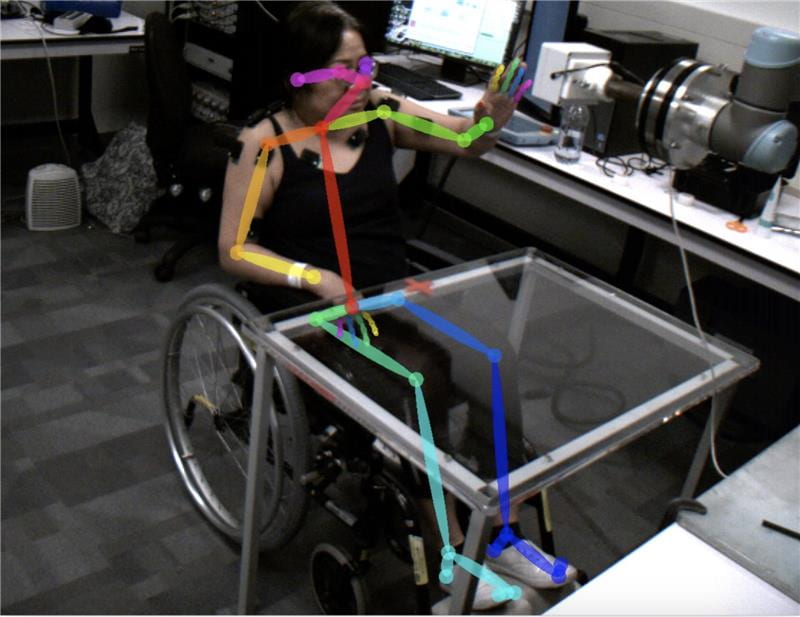
Camera 1
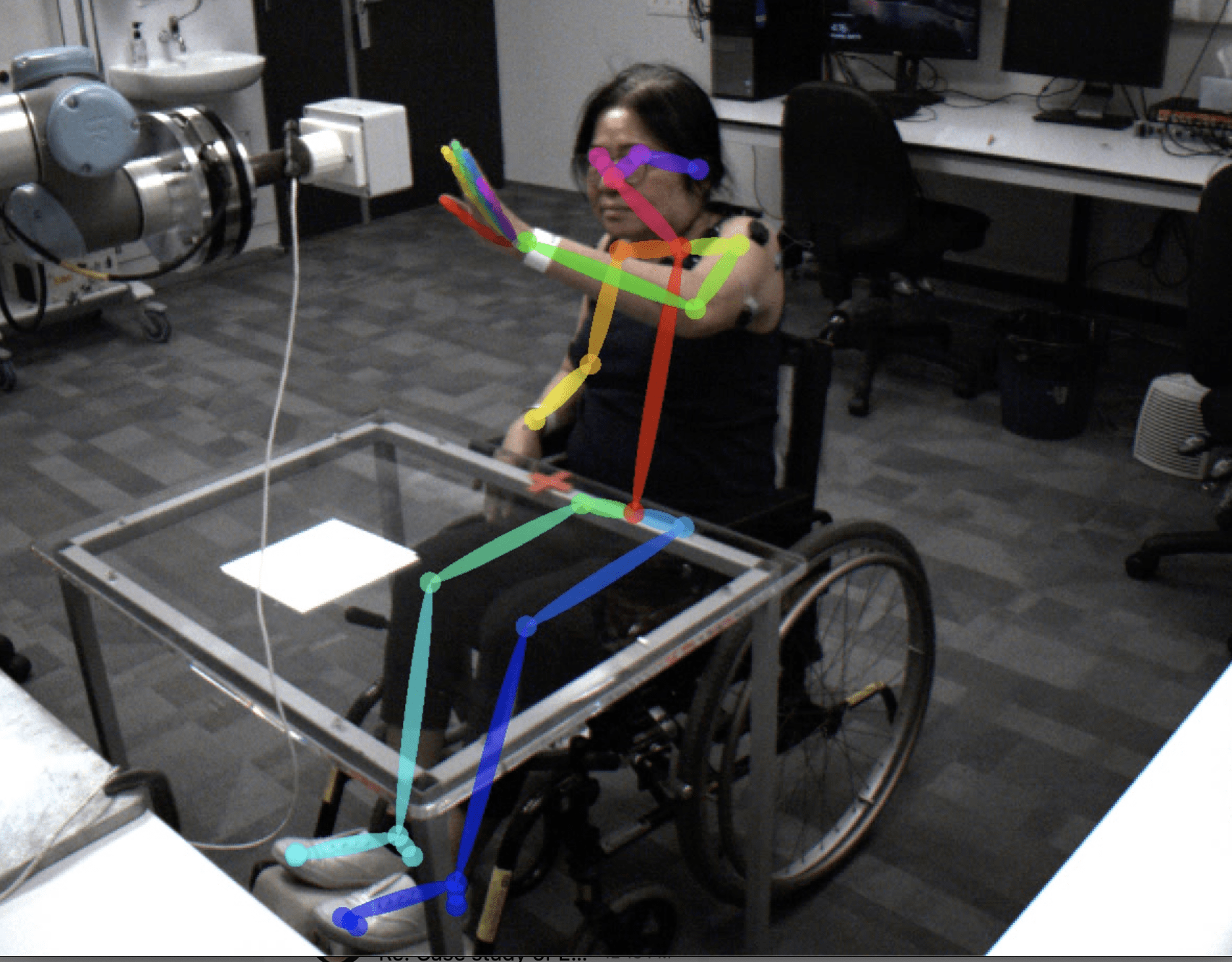
Camera 2
- April Ren, Research Technician
- Auckland Hospital Therapy Team: Ben Scrivener, Research Therapist & Maya Tajitsu Jain, Research Therapy Assistant
- University Therapy Team: Maxine Shanks, Research Therapist & Guiliana Sewell, Clinical Exercise Physiologist
- PhD Students: Maxine Shanks & Kelly Ho
- ESPRESSo has funding available for Māori and Pasifika summer research students
See more case study projects

Our Voices: using innovative techniques to collect, analyse and amplify the lived experiences of young people in Aotearoa
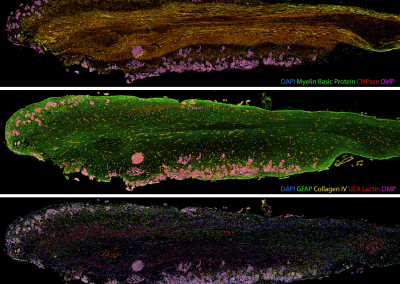
Painting the brain: multiplexed tissue labelling of human brain tissue to facilitate discoveries in neuroanatomy
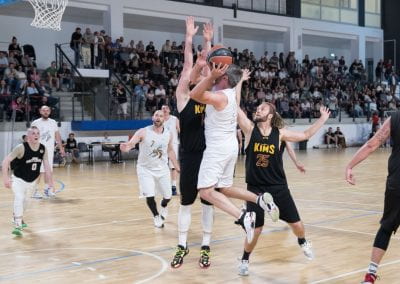
Detecting anomalous matches in professional sports: a novel approach using advanced anomaly detection techniques
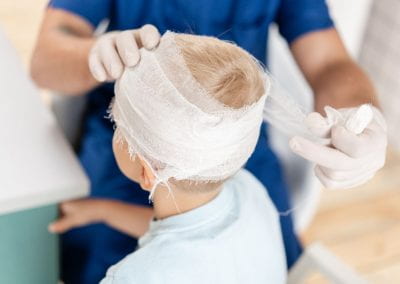
Benefits of linking routine medical records to the GUiNZ longitudinal birth cohort: Childhood injury predictors
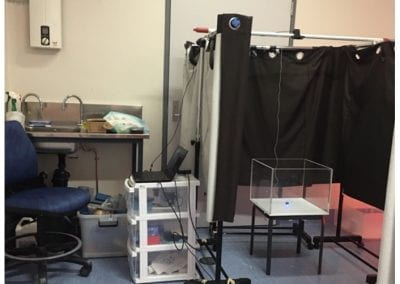
Using a virtual machine-based machine learning algorithm to obtain comprehensive behavioural information in an in vivo Alzheimer’s disease model
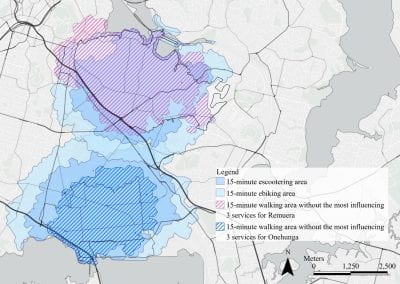
Mapping livability: the “15-minute city” concept for car-dependent districts in Auckland, New Zealand
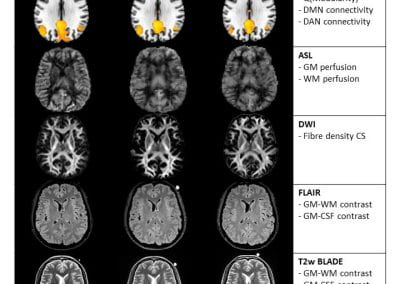
Travelling Heads – Measuring Reproducibility and Repeatability of Magnetic Resonance Imaging in Dementia
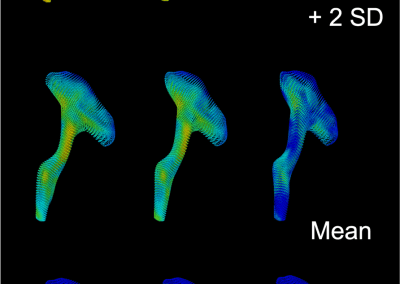
Novel Subject-Specific Method of Visualising Group Differences from Multiple DTI Metrics without Averaging
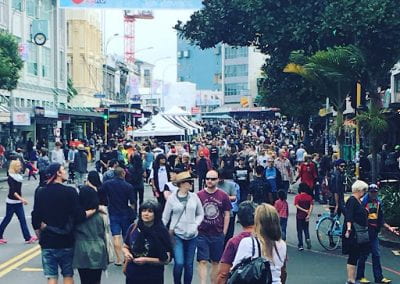
Re-assess urban spaces under COVID-19 impact: sensing Auckland social ‘hotspots’ with mobile location data
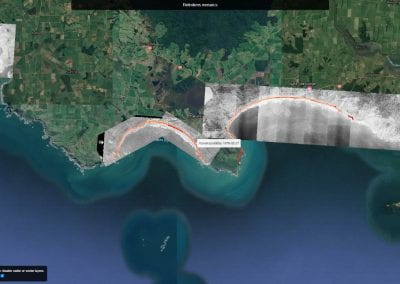
Aotearoa New Zealand’s changing coastline – Resilience to Nature’s Challenges (National Science Challenge)
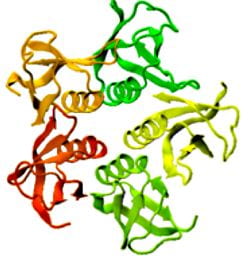
Proteins under a computational microscope: designing in-silico strategies to understand and develop molecular functionalities in Life Sciences and Engineering
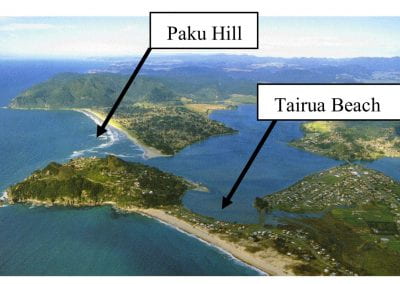
Coastal image classification and nalysis based on convolutional neural betworks and pattern recognition
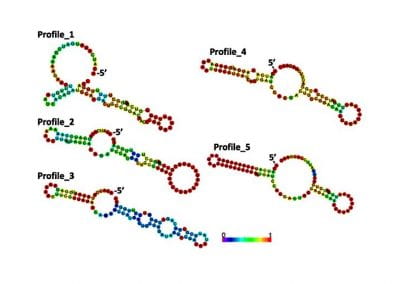
Determinants of translation efficiency in the evolutionarily-divergent protist Trichomonas vaginalis
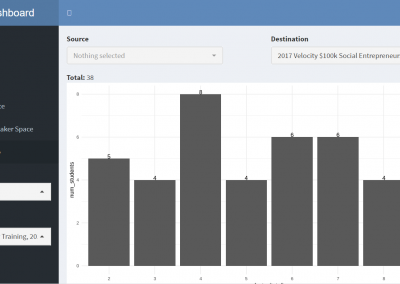
Measuring impact of entrepreneurship activities on students’ mindset, capabilities and entrepreneurial intentions
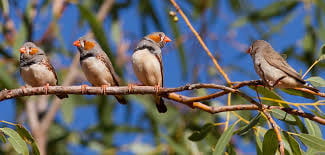
Using Zebra Finch data and deep learning classification to identify individual bird calls from audio recordings
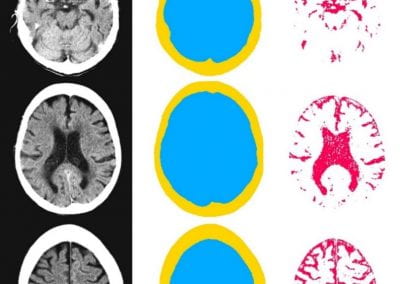
Automated measurement of intracranial cerebrospinal fluid volume and outcome after endovascular thrombectomy for ischemic stroke
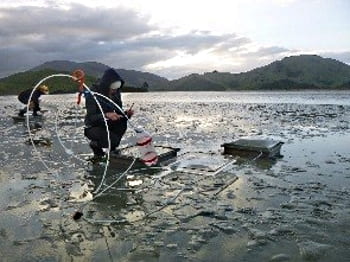
Using simple models to explore complex dynamics: A case study of macomona liliana (wedge-shell) and nutrient variations
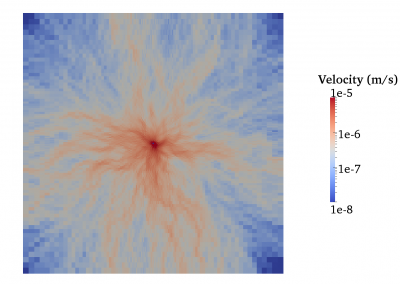
Fully coupled thermo-hydro-mechanical modelling of permeability enhancement by the finite element method
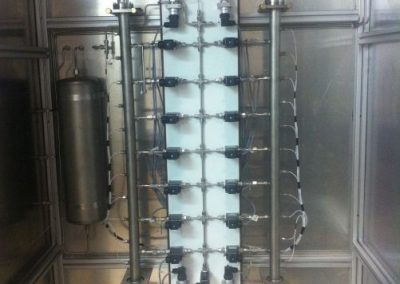
Modelling dual reflux pressure swing adsorption (DR-PSA) units for gas separation in natural gas processing
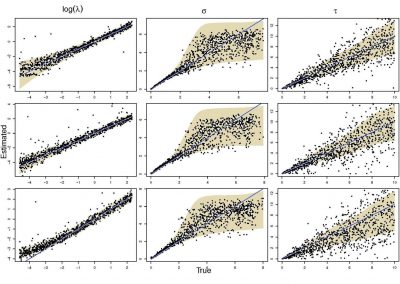
Molecular phylogenetics uses genetic data to reconstruct the evolutionary history of individuals, populations or species
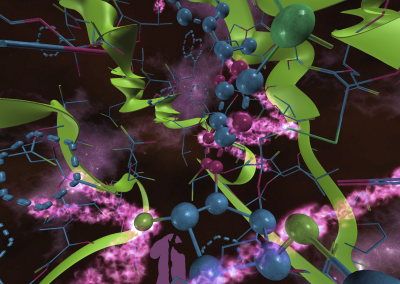
Wandering around the molecular landscape: embracing virtual reality as a research showcasing outreach and teaching tool
